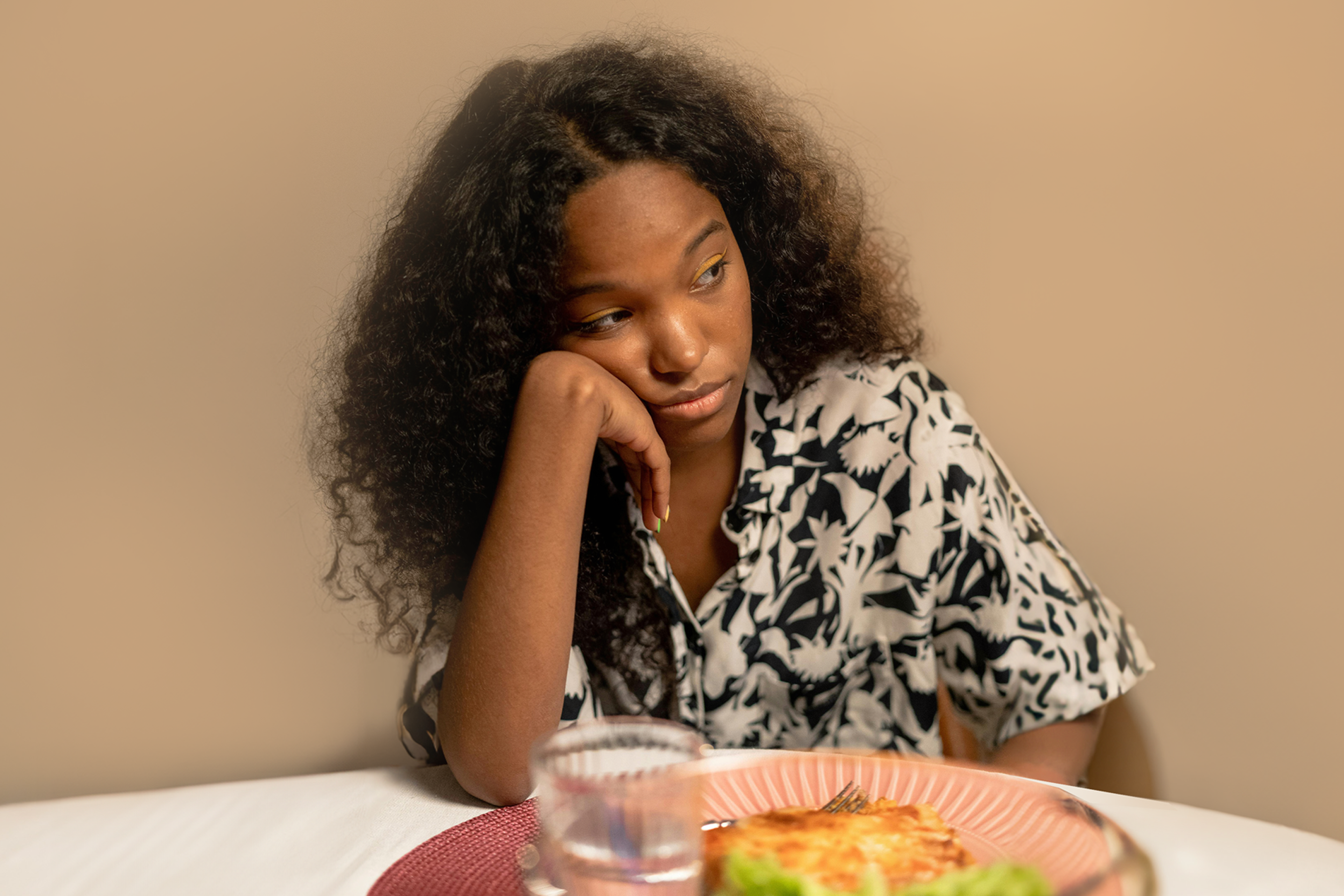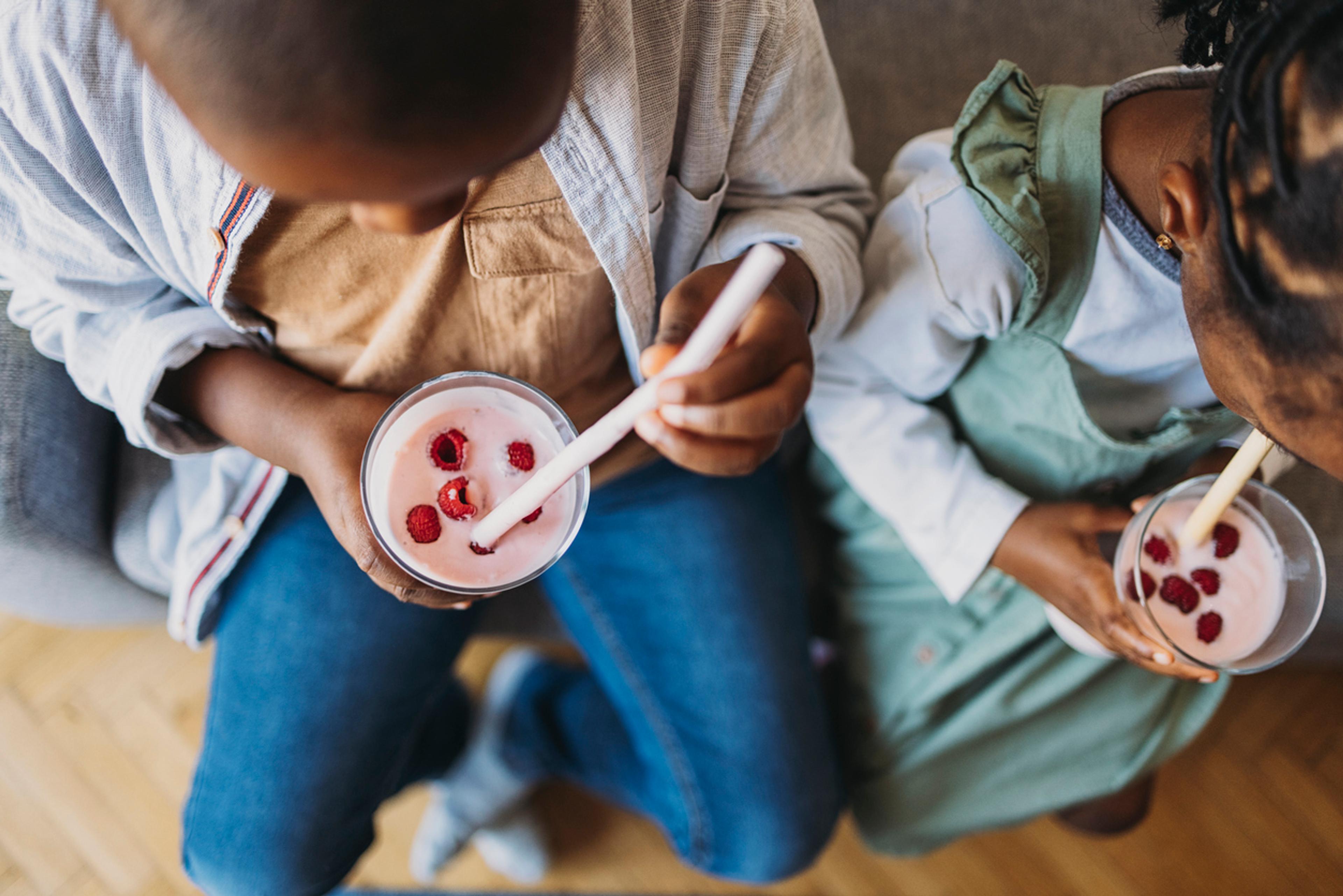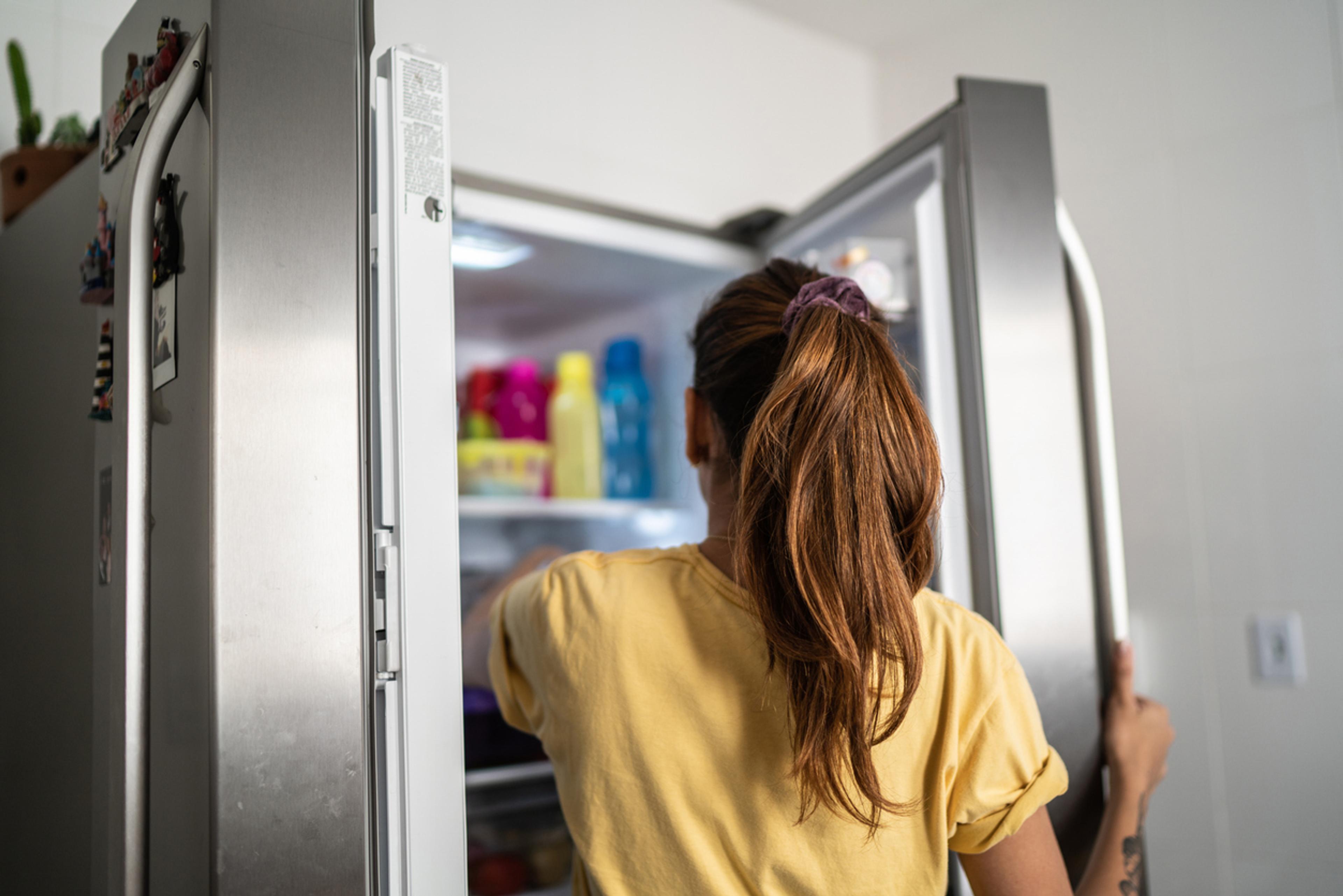

If Equip’s Director of Lived Experience, JD Ouellette, were to describe back-to-school shopping for her four kids in two words, she would choose “tactical mission.” A self-professed loather of all things shopping-related, Ouellette always did her best to knock out the stressful annual experience in a single day. But when her youngest daughter developed anorexia, Ouellette’s strategic shopping plans had to shift. “That is not an approach that’s likely to work with a loved one in eating disorder recovery,” she says. “I needed to adjust my expectations.”
Having experienced her own eating disorder, Equip Peer Mentor Amaya Evans knows firsthand the kind of anxiety and distress a yearly clothing restock can evoke. “My back-to-school shopping experiences were always tough,” Evans says. “Struggling with an eating disorder for a good portion of my school years meant my body was often changing in size. After shopping, I often felt really bad about myself and my body.”
There’s no denying that back-to-school shopping can prompt all kinds of feelings for those in recovery, but the experience doesn’t have to be excruciating. By implementing a few simple strategies, families can help avoid intense distress and even find some joy in the process.
Why is back-to-school shopping so challenging for those in recovery?
As Evans articulates, recovering from an eating disorder often involves a fair amount of weight fluctuation. “Someone who has experienced body changes over the summer break may have fears of others noticing or pointing out those changes upon their return to school,” she says. “When you’re struggling with an eating disorder, shopping in general can be a challenge because you’re coming face-to-face with dressing room mirrors, repeatedly trying on pieces of clothing, and struggling to find sizes that fit comfortably. Adding these fears can make clothing shopping even more intense than it already may be for someone struggling with an eating disorder.”
The process can also provoke emotional uneasiness rooted in comparison. “Back-to-school shopping always felt really anxiety-inducing for me,” says Equip Admissions Operations Coordinator Jerica Mosello. “I had one particular peer I always did back-to-school shopping with that was much leaner and slightly taller than me. It felt like we were pitted against each other and I would dread the experience every summer.”
Mosello says that by the time the first day of school rolled around each year, the chronic comparison had drained any sense of excitement. “There is so much pressure to come back better and better each new school year,” she says. “When you already struggle with body image and then have this negative pressure, it’s hard to get off on the right foot.”
Diet culture can also play a role. Ouellette says the societal pressures most kids and adolescents face to look a certain way can exacerbate anxiety for those in recovery. “The pressure to have the smallest body and thus the smallest clothes is intense in our culture,” she says. “You have stores that advertise ‘one size fits all,’ and what that really means is ‘our clothes are for tweens and teens, but we size them for 8-year olds.’ An eating disorder magnifies the insecurity and distress, and then when you add in moving up sizes as a treatment goal—it's a lot.”
How to navigate back-to-school shopping during recovery
While every person and family will have to find their own strategy for successfully navigating back-to-school shopping, there are some tried and true tips that Ouellette, Evans, and Mosello have to offer from their own lived experience:
- Make a tentative plan ahead of time that includes breaks, meals, and snacks. “Plan ahead. Determine what your goal for that trip is and how many stores and how much time you think you can spend before it becomes too much,” Ouellette says. “Make sure everyone is nourished, hydrated, and rested.” Contrary to the one-day shopping marathon she used to undertake before her daughter’s eating disorder, Ouellette found that what worked better in recovery were “brief forays over a period of weeks, with clear forethought about what we were shopping for.”
- Infuse the process with some fun by shopping for non-clothing items: supplies, accessories, and more. “Besides just buying clothes, I think the biggest strategy would be to buy some non-wearable back-to-school items that really help your loved one express themselves and really give them a boost of self-confidence,” Mosello says.
- Have a frank conversation about the wide variability and inconsistencies of sizes between brands. “Dressing rooms are often a place where we pick ourselves and our bodies apart,” Evans says. “Something I still tell myself to this day before I shop for new clothes is that it is completely normal and okay if my clothing size differs across different stores or different brands,” Evans says.
- Discuss whether it might be helpful to conceal sizes before hitting the dressing room. “Consider bringing painter's tape to cover up sizes so your loved one can judge what feels comfortable versus being in their head about a specific size,” Ouellette says.
- Plan a fun post-shopping activity you can all look forward to. “Not only can shopping take time out of your day, it can also take a lot of energy out of you,” Evans says. “Having a distraction or something relaxing planned to do after shopping can be a good place to end.”
- Pack helpful reminders to keep recovery thoughts top-of-mind. “Coming prepared with affirmations written down on Post-it notes or index cards can help challenge negative self talk,” Evans says.”
- Consider skipping the mall altogether to sidestep discomfort. “Some kids feel guilty that their families are having to spend money to cycle through several sizes as they recover,” Ouellette says. “I also think it can be an overwhelming experience to go shopping at a busy store or mall, especially if you have been on hiatus from this kind of environment as recovery work was prioritized. Uniform swaps, Buy Nothing community pages, and resale stores are places to look to ease the financial burden. Consider clothes that expand as you need them to (basketball shorts, leggings, dresses) so you don't need to size up so frequently.”
In addition to the strategies above, Ouellette emphasizes that it’s important to validate all emotions and challenges that might arise during back-to-school shopping season. “This is not all in their heads: society, including school, does judge people on body size or appearance all the time,” she says. “What can we do to build up our loved one’s sense of self in other areas so that this one is not outsized in impact? Give permission to be upset and grieving—and also lean into developing resilience and evolving views on body image.”







